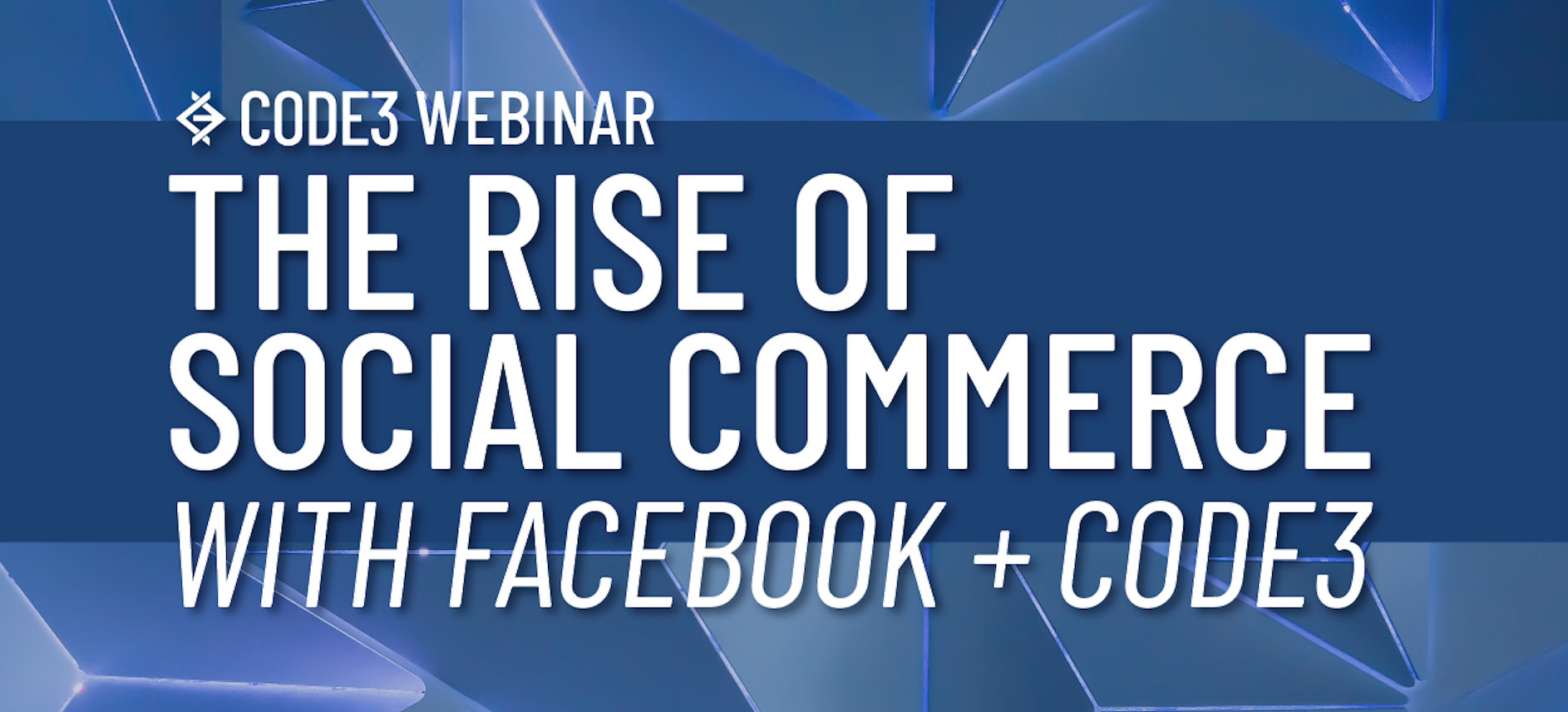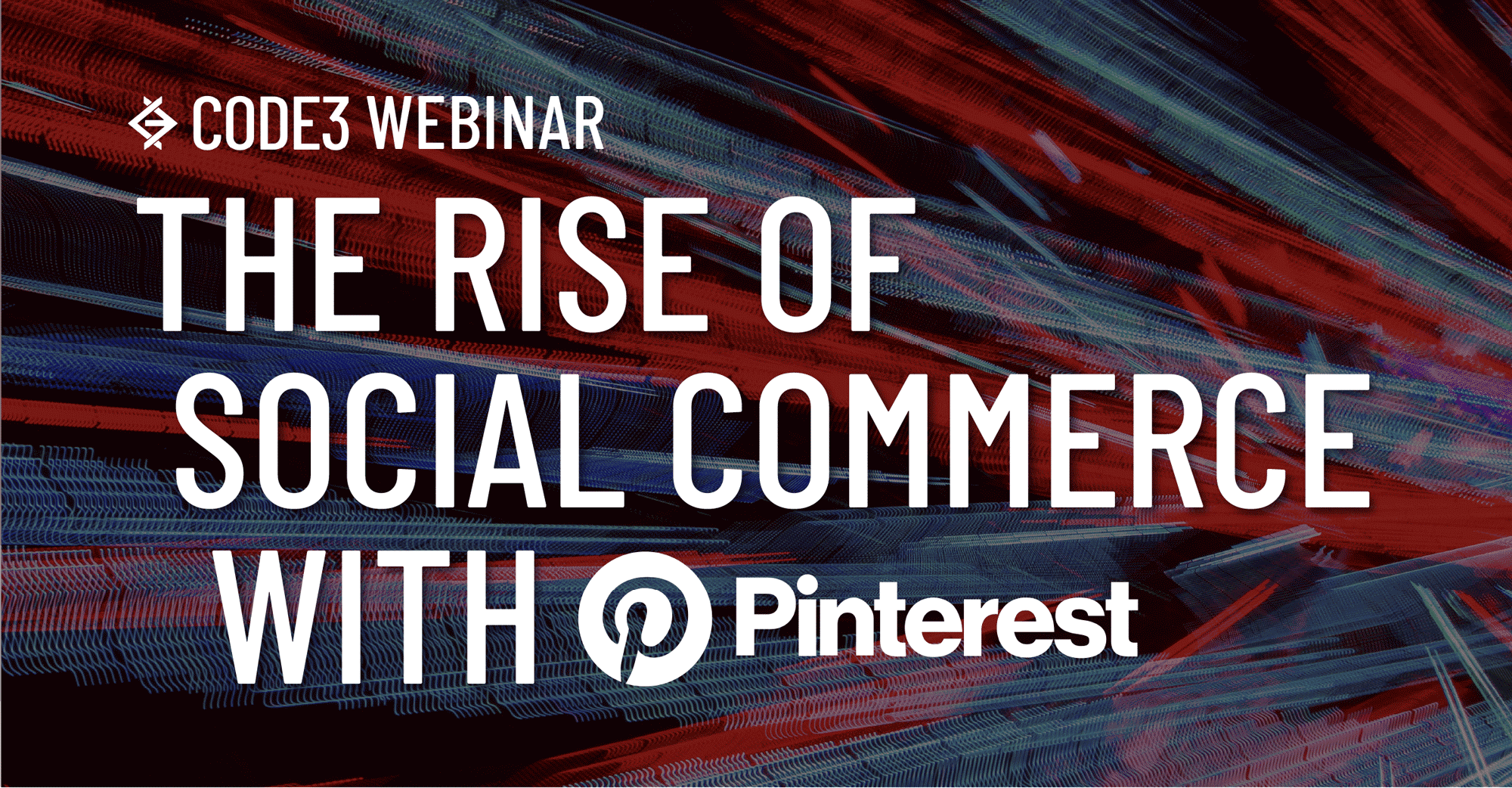RESOURCES
Amazon to Limit Sellers on Email Follow-up Campaigns
For many of our clients operating on Seller Central, one of the key strategies used to generate seller feedback and customer reviews for products and accounts is utilizing a popular third-party Amazon plug-in called Feedback Genius.
 Feedback Genius allows Sellers to set up automated email campaigns to send to customers after purchase. Feedback Genius integrates with Amazon to ensure the messages adhere to Amazon’s Global Blacklist and other policies.
Feedback Genius allows Sellers to set up automated email campaigns to send to customers after purchase. Feedback Genius integrates with Amazon to ensure the messages adhere to Amazon’s Global Blacklist and other policies.
What is Amazon Changing?
While it hasn’t been implemented yet, it appears Amazon is updating their current policy limiting the quantity of emails Sellers may send after purchase.
Currently, there is very specific language in their policy regarding the solicitation emails Sellers may send post-purchase. The policy currently states, “You may not send more messages than 5 times your average daily order volume, plus an additional 600 messages.”
To protect from overflowing customer email inboxes, with the updated policy change Amazon will only allow merchants to send one email to a consumer following a purchase.
What Does This Mean?
The first message matters. Seller feedback is clearly a factor customers consider when choosing a product. Seller ratings also factor into Amazon’s algorithm determining Buy Box ownership. So, while receiving post-purchase feedback is still vitally important, merchants now only have one opportunity to ask for it.
Before this is placed into effect, now is a good a time to audit your business’s current practices in receiving seller feedback and product reviews. Begin to consider how you can most effectively create, write, and design the one follow-up email for maximum results.
“With Amazon, it’s critical to evolve and adapt to their policies and best practices as they happen and learn as they go,” Dan Hartman, Amazon Strategist at Marketplace Strategy, said. “For my clients, this will force us to be proactive in looking for alternative ways of receiving feedback and reviews beyond the traditional means, as well as to make sure their follow-up email is perfectly timed and easily navigated by the customer to secure conversion rates of feedback.”
SIGN UP FOR OUR WEEKLY NEWSLETTER

News, Views, and Valuable Resources
Delivered to Your Inbox Each Week




